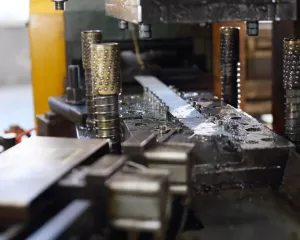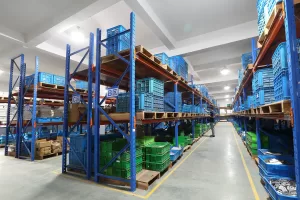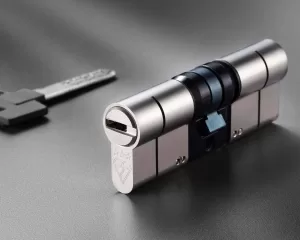In the ever-evolving world of hardware manufacturing, the one-size-fits-all approach is becoming obsolete. Today, the market demands specificity and customization - a trend that has given rise to custom hardware solutions tailored to client needs.

Understanding Custom Hardware Solutions
Custom hardware solutions refer to the process of designing and manufacturing hardware products that are specifically tailored to meet the unique requirements of a client. Unlike mass-produced items, these are created with a particular application or functionality in mind. This approach allows for greater flexibility and innovation, addressing specific challenges that off-the-shelf products cannot.
Why Customization Matters
- Enhanced Functionality: Custom solutions ensure that every aspect of the hardware is designed to perform specific tasks efficiently. This targeted functionality can significantly improve the overall performance of a system or product.
- Competitive Advantage: In a crowded market, offering a product that stands out is crucial. Custom hardware allows businesses to offer unique products, giving them a competitive edge.
- Cost-Effectiveness: While the initial cost may be higher than standard products, custom hardware can be more cost-effective in the long run. Tailored solutions often result in fewer repairs, lower maintenance costs, and improved longevity.
- Integration Ease: Custom hardware can be designed to seamlessly integrate with existing systems, reducing the need for additional modifications or upgrades.
The Process of Creating Custom Hardware Solutions
Creating a custom hardware solution is a collaborative and meticulous process that involves several stages:
- Requirement Analysis: Understanding the client's specific needs and challenges is the first step. This involves detailed discussions to grasp the functional and technical requirements.
- Design and Prototyping: Based on the requirements, a detailed design is created. Prototypes are then developed for testing and validation.
- Testing and Refinement: The prototype undergoes rigorous testing to ensure it meets all specifications. Feedback from this stage is used to refine the design.
- Manufacturing: Once the design is finalized and approved, manufacturing begins. Quality control is crucial at this stage to ensure the final product meets the set standards.
- Implementation and Support: After manufacturing, the product is implemented into the client's system. Ongoing support is provided to address any operational issues.
Conclusion
Custom hardware solutions represent a significant shift in the hardware manufacturing industry. They offer an opportunity to address specific client needs with precision and innovation. As the demand for tailored solutions continues to grow, manufacturers who can adapt and provide these personalized services will lead the way in the industry.






